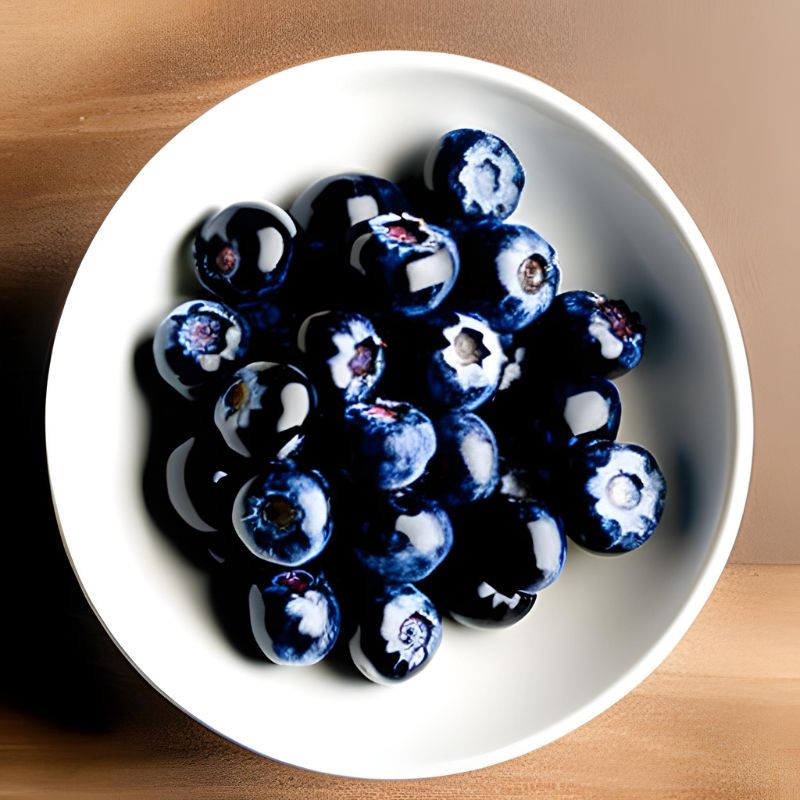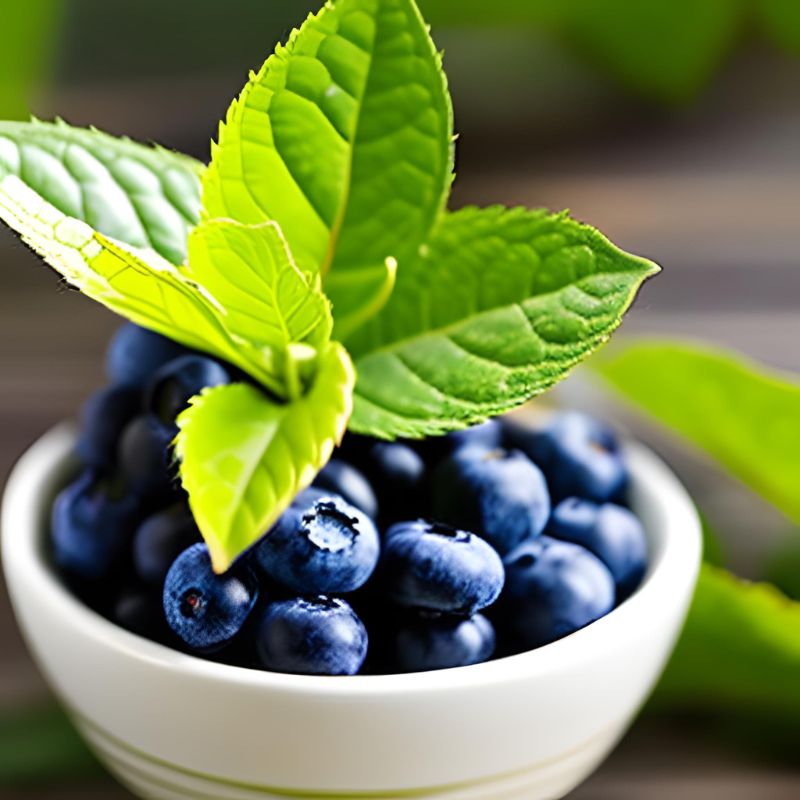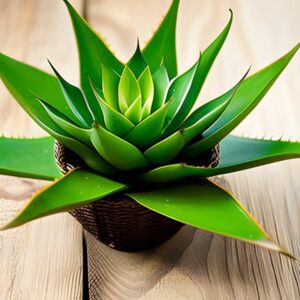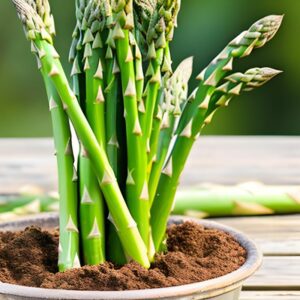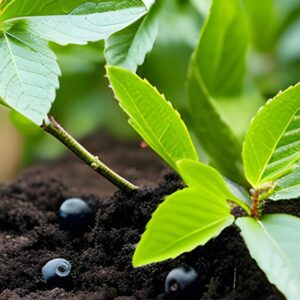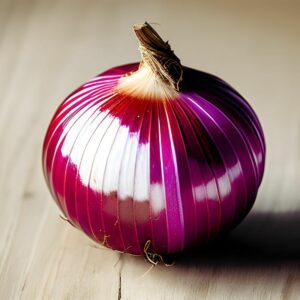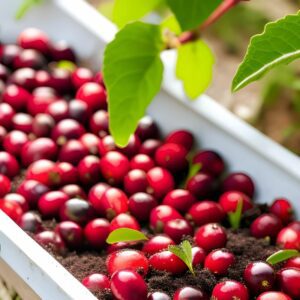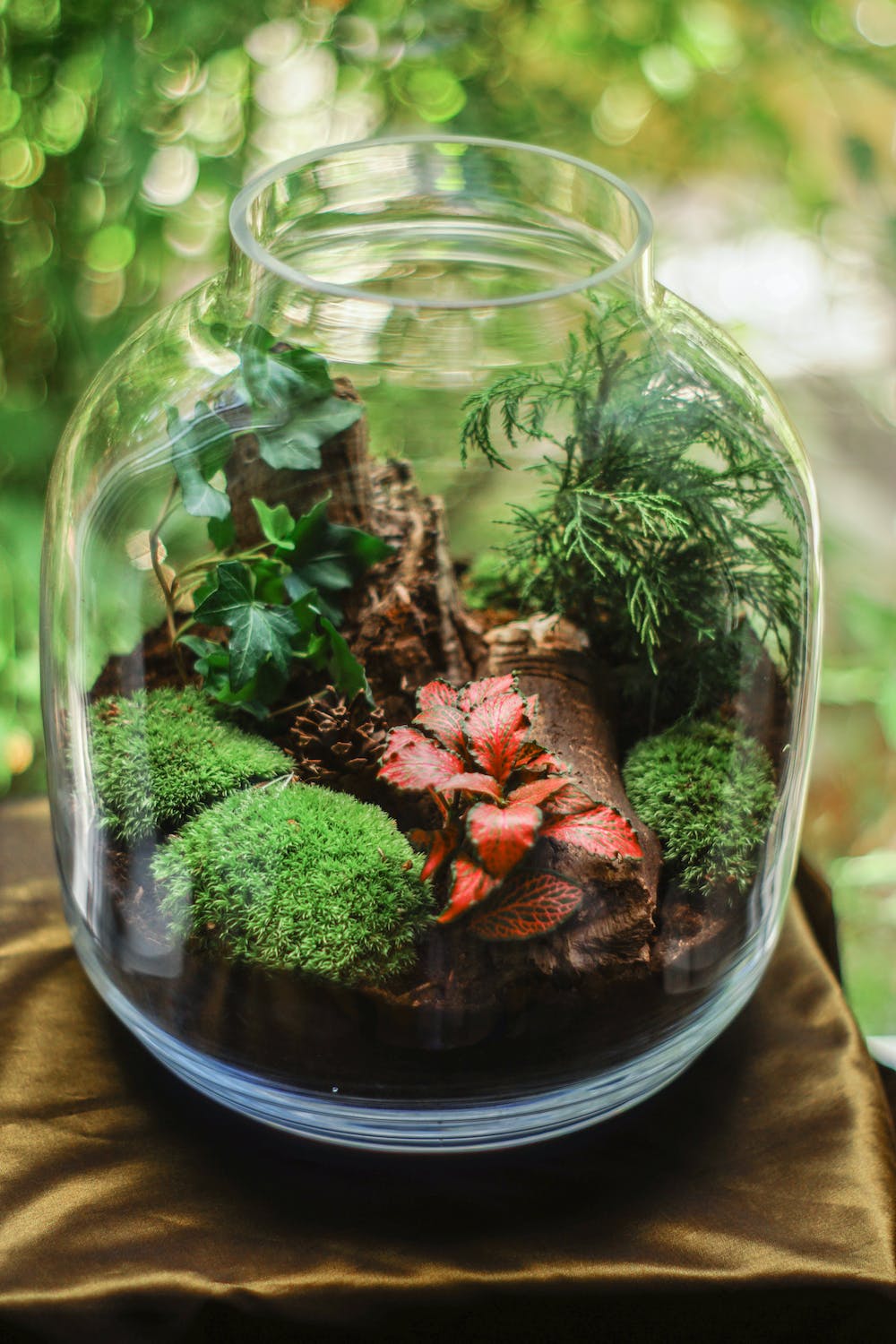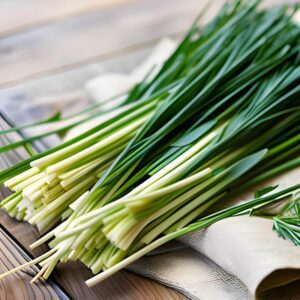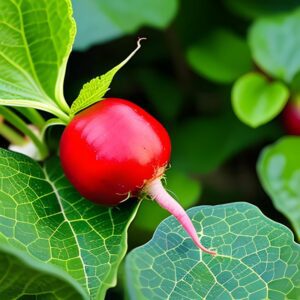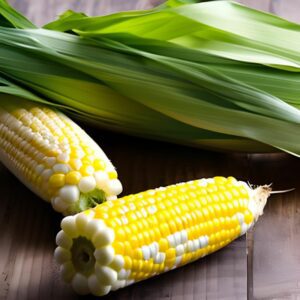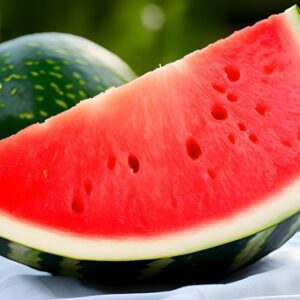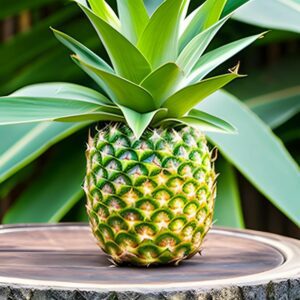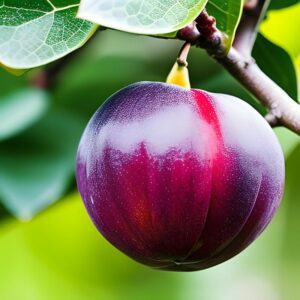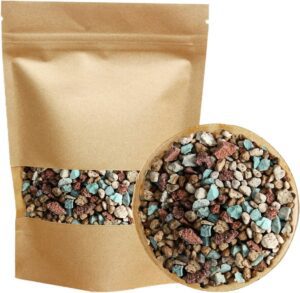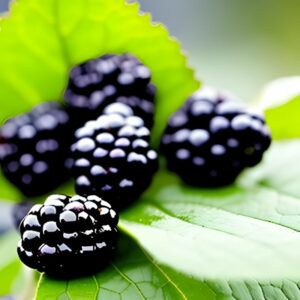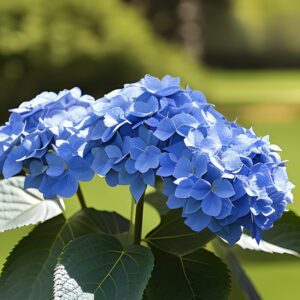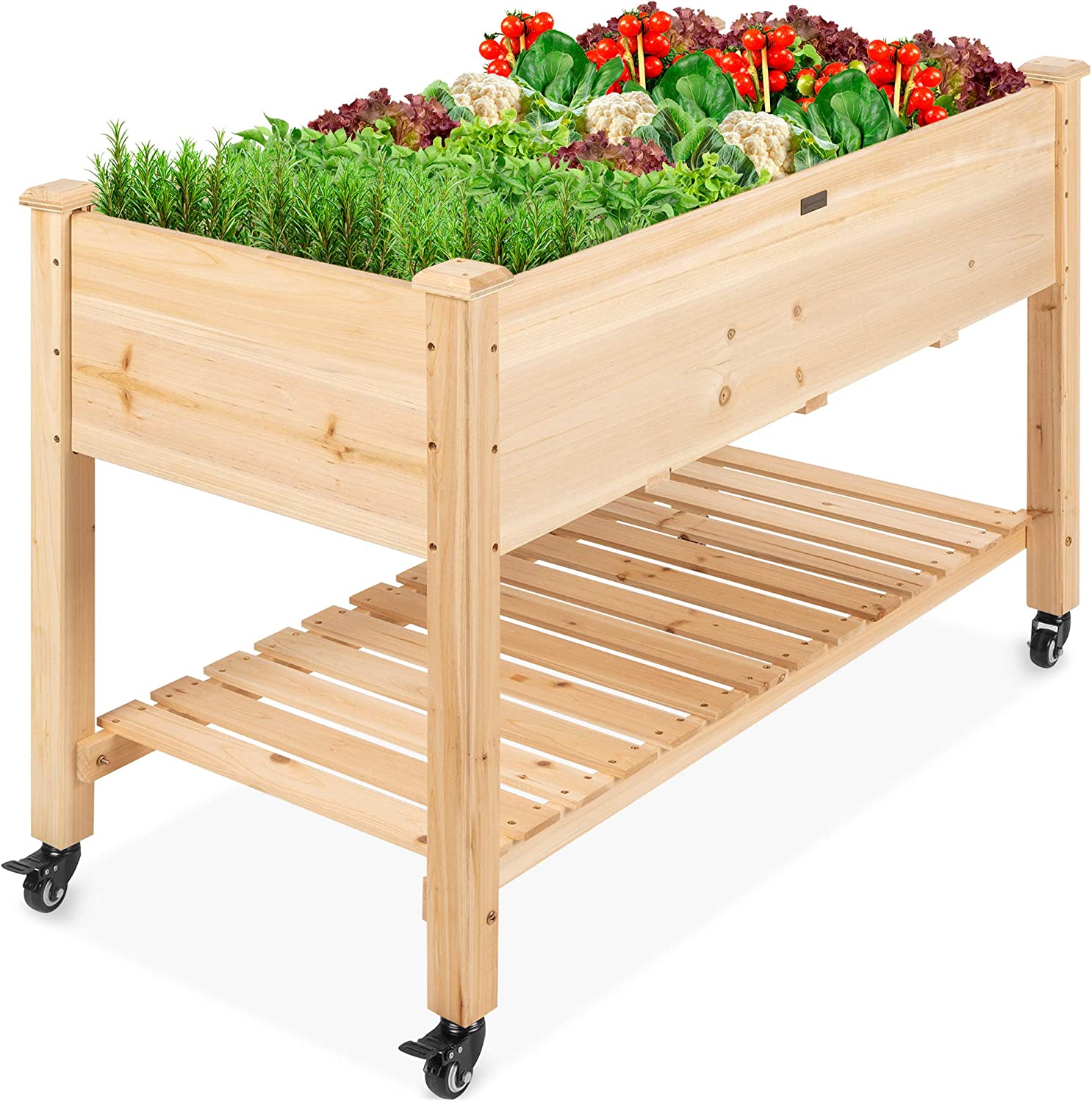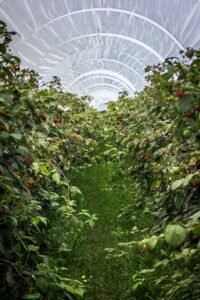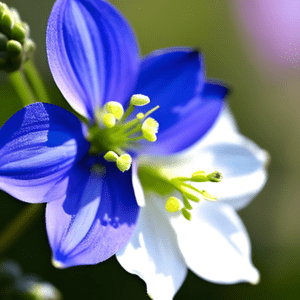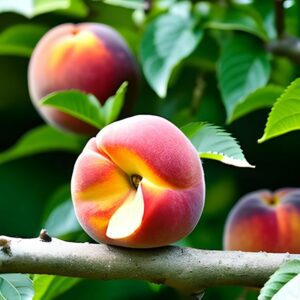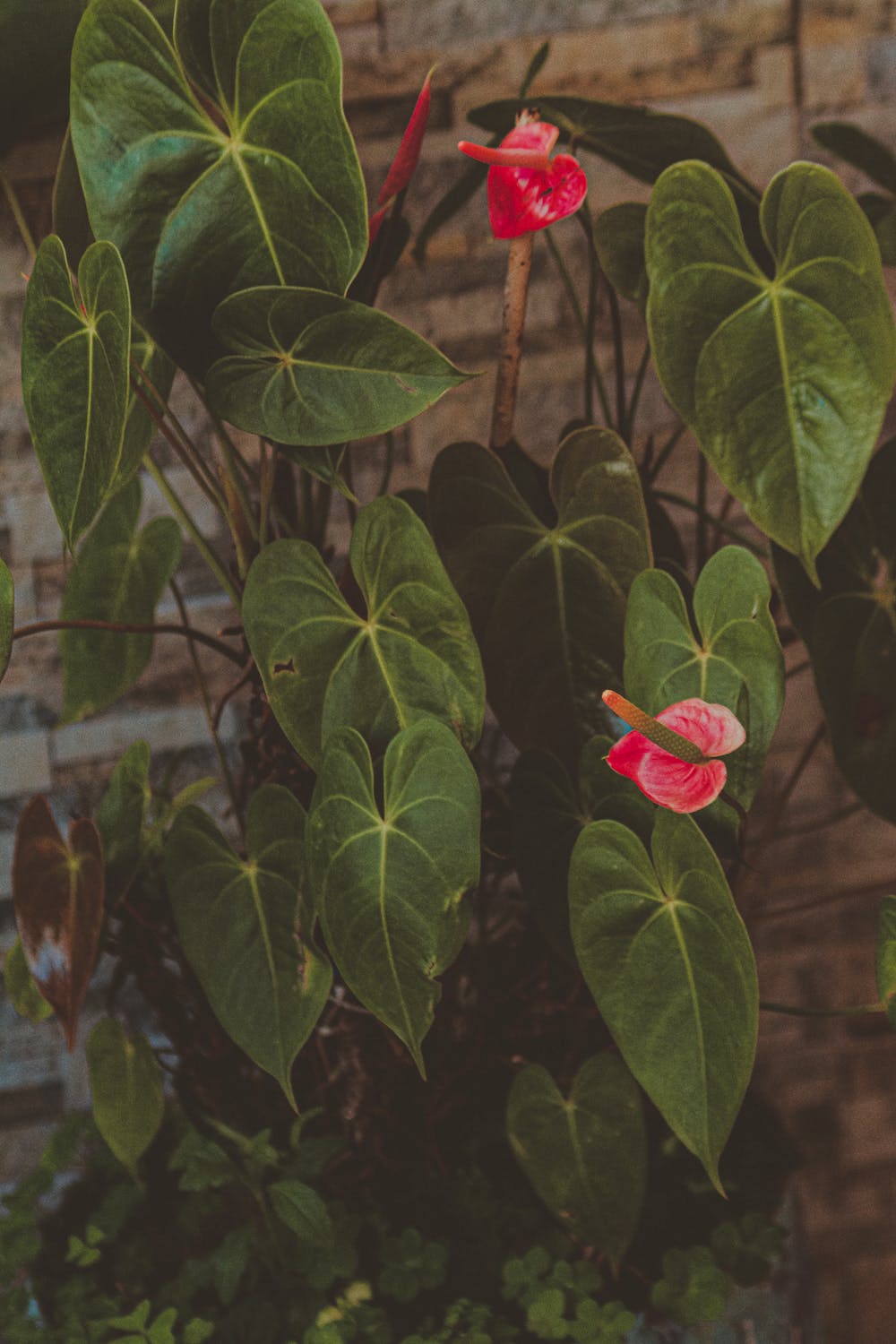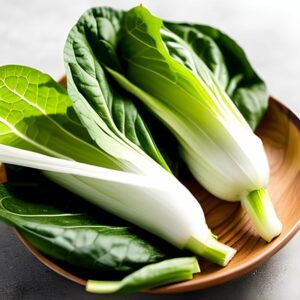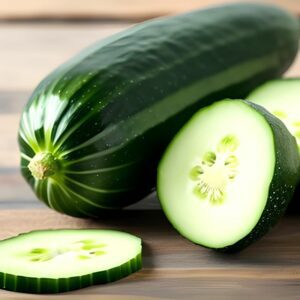Blueberry Bush
Fruits
- North America
- Moderate
- 2-3 Years
Introduction
The Blueberry Bush is a delightful fruit-bearing plant known for its delicious and nutritious berries. Native to North America, blueberries are beloved for their sweet-tart flavor, vibrant blue color, and numerous health benefits. Growing your own blueberry bushes allows you to enjoy fresh, homegrown berries that are perfect for snacking, baking, or adding to smoothies.
Plant Characteristics
Blueberry bushes are deciduous shrubs with multiple stems and elongated, green leaves that turn reddish or purplish in fall. They produce clusters of small, round berries with a blue or purplish hue when ripe. Blueberries come in various cultivars, including highbush, lowbush, and rabbiteye, each with distinct growth habits and flavor profiles.
Ideal Growing Conditions
Blueberry bushes thrive in full sun, receiving at least 6-8 hours of direct sunlight per day. They prefer well-draining, acidic soil with a pH level between 4.5 and 5.5. Incorporating organic matter like peat moss or compost into the soil can help improve its acidity. Blueberries also require consistent moisture, so watering should be regular, especially during dry periods.
Planting Guide
Plant blueberry bushes in early spring or fall when the soil is workable. Choose a planting location with full sun exposure and well-draining acidic soil. Dig holes that are wider and deeper than the root ball of the blueberry plant. Place the plant in the hole, ensuring the top of the root ball is level with or slightly above the soil surface. Backfill the hole with soil, gently firming it around the roots. Space the plants 4-6 feet apart in rows that are 8-10 feet apart. Water the plants thoroughly after planting.
Watering and Fertilizing
Blueberries require consistent moisture to thrive. Keep the soil evenly moist, especially during the fruiting season. Mulching around the base of the plants with organic matter helps retain moisture and suppress weeds. Fertilize blueberries with a balanced, acidic fertilizer once or twice a year, following the package instructions and avoiding over-fertilization.
Pruning and Maintenance
Pruning blueberry bushes is essential for maintaining their health, productivity, and shape. In late winter or early spring, prune out any dead, damaged, or weak branches. Remove any low-lying or crossing branches to improve airflow and light penetration. Thin out excessive growth to encourage larger berries and facilitate harvesting.
Harvesting or Flowering
Blueberries are typically ready for harvest in summer when they have reached their full color and size. Gently pick the ripe berries, taking care not to damage the delicate fruit. Harvesting may occur over several weeks as the berries ripen at different times on the same bush. Enjoy the freshly picked berries or store them in the refrigerator for a few days.
Post-Harvest Care
Properly store fresh blueberries in the refrigerator to maintain their quality and freshness. Rinse them with cool water just before eating or using them in recipes. Blueberries can also be frozen for long-term storage by spreading them in a single layer on a baking sheet and then transferring them to a sealed container or freezer bag.
Troubleshooting
Common issues with blueberry bushes include pests like birds, rabbits, deer, and insects such as aphids, mites, or fruit flies. Protect the plants by using bird netting or installing fences to deter larger animals. Regularly inspect the plants for signs of pest infestations and apply appropriate organic insecticides or insecticidal soaps when necessary. Blueberries can also be prone to diseases like powdery mildew or root rot. Practice good sanitation, ensure proper air circulation, and avoid overwatering to prevent such issues.
Fun Facts
Blueberries are often referred to as a “superfood” due to their high antioxidant content and numerous health benefits. They are rich in vitamins, minerals, and dietary fiber, and are known for their potential to improve heart health, brain function, and overall well-being. Blueberries are also a popular ingredient in various recipes, from pies and muffins to smoothies and salads. In addition to their delicious taste, blueberries add a vibrant pop of color to any dish or garden.
